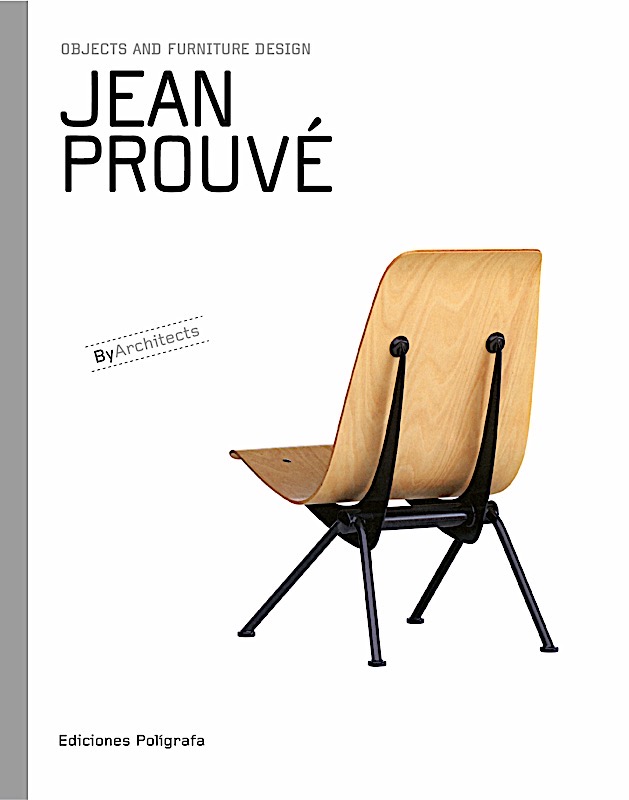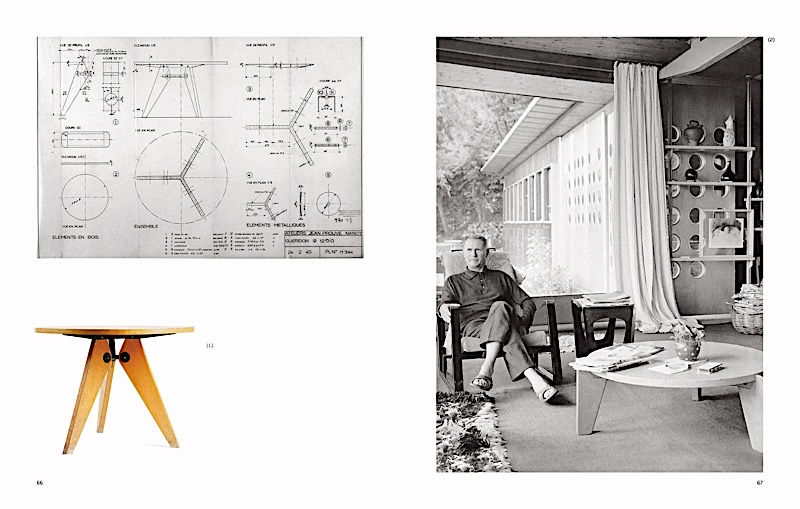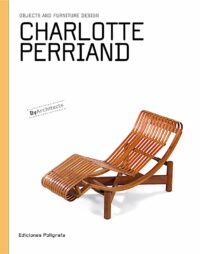Jean Prouvé
by architects series
Introduction by Mathias Remmele
Design by Mot
Design by Mot
€19,90
Jean Prouvé opened his own smithy in Nancy 1923, and shortly thereafter produced his first furniture made from thin sheet steel. Right away, Prouve’s sparse, geometric aesthetic appealed to avant garde architects such Robert Mallet-Stevens and Le Corbusier, who commissioned ironwork from him, and in 1929, invited Prouvé to jin the new Union des Artistes Modernes, a group of artists and designers championing the Modern Movement.
128 pages, 180 illustrations
Hardback, 16.5x21 cm
Spanish, English
Polígrafa, 1st edition 2007
Hardback, 16.5x21 cm
Spanish, English
Polígrafa, 1st edition 2007







